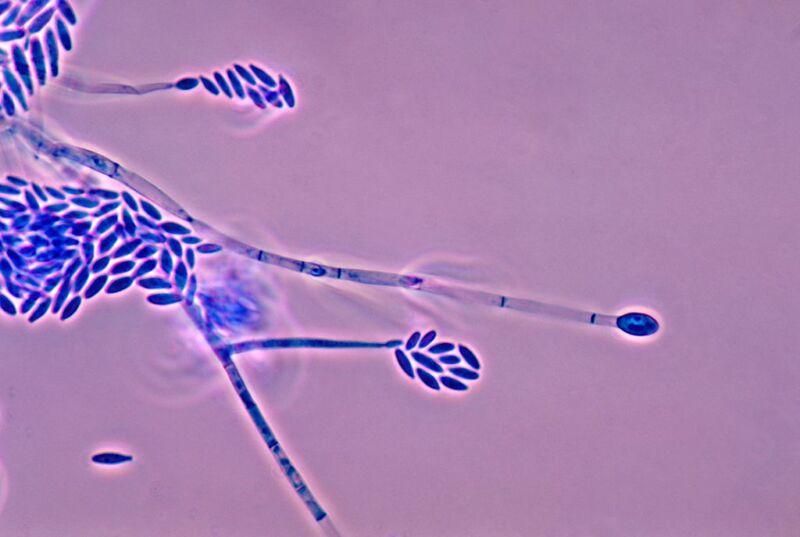Fungi join the list of organisms that can control when ice forms
Ars Technica » Scientific Method 2023-12-07

Enlarge / A related species of Fusarium. (credit: Wikimedia Commons)
While it may be the reason behind tires skidding, pipes bursting, and closed roads making traffic a nightmare, ice doesn’t always form as easily as it seems. It often gets an assist from proteins made by fungi.
Never mind the common thinking that ice forms at 0° C (32° F). Though this is water’s freezing point, pure water will only freeze when temperatures plummet as low as minus 46° C (minus 50.8° F). So why does it usually freeze at zero anyway? Organisms such as bacteria, insects, and fungi produce proteins known as ice nucleators (non-protein nucleators can also be of abiotic origin). These proteins can kick-start the formation, or nucleation, of ice at higher temperatures than pure water would freeze at.
While the exact reason fungi make these proteins remains unknown, researchers Valeria Molinero of the University of Utah and Konrad Meister of Boise State University led a study that has revealed more about how fungal ice nucleators can both promote and hold back ice formation more efficiently than those of many other life-forms.